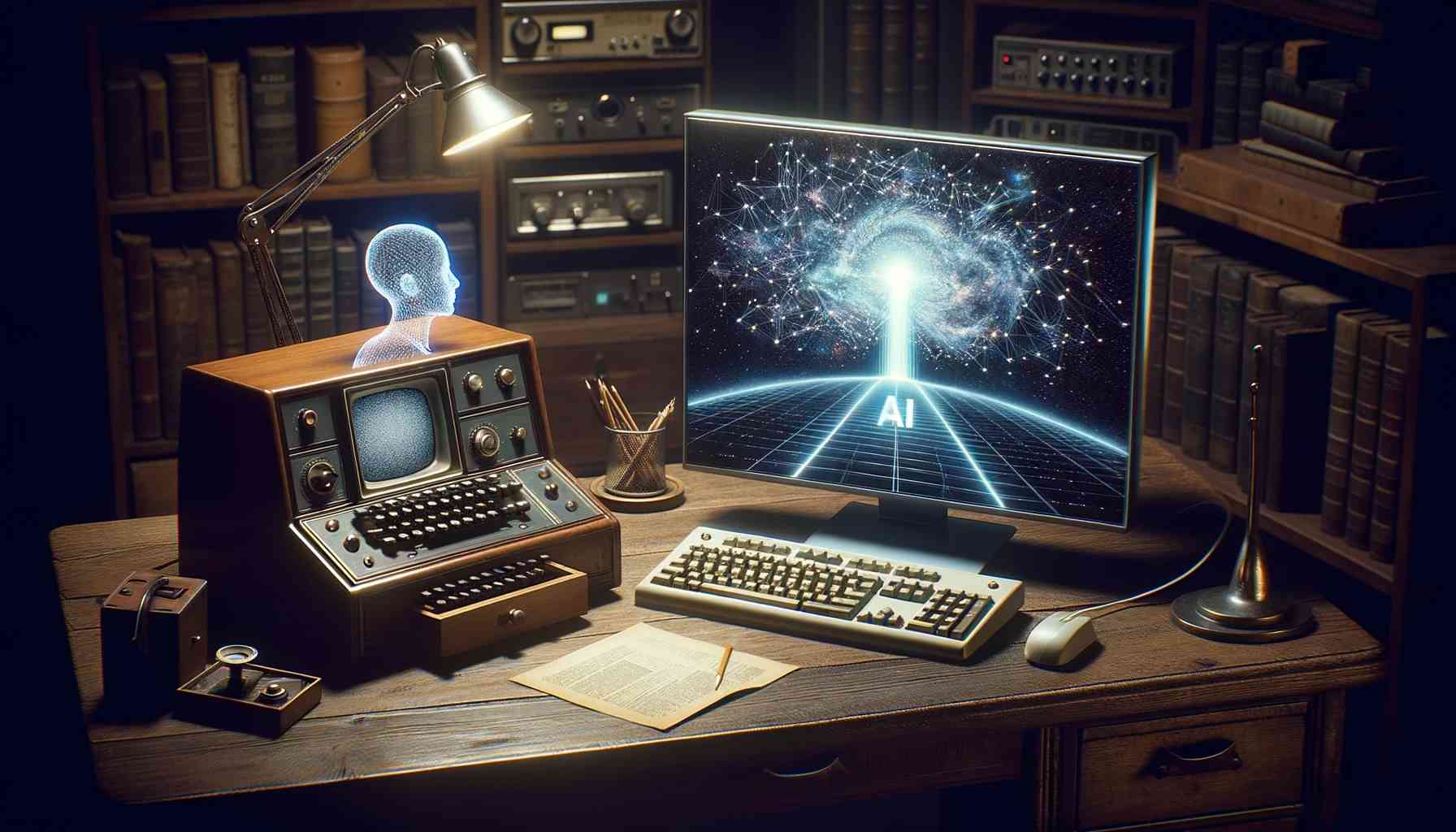Analog Computers: Bridging the Past and Future with AI
 In a digital age where zeros and ones dominate the computational landscape, the concept of analog computing might seem like a relic of the past. Yet, it's this very "old-world" technology that is making a surprising resurgence, particularly as we delve into the complex realms of artificial intelligence (AI) and machine learning. But what exactly are analog computers, and how do they fit into the future of AI? Let's explore this fascinating intersection of history and future.
In a digital age where zeros and ones dominate the computational landscape, the concept of analog computing might seem like a relic of the past. Yet, it's this very "old-world" technology that is making a surprising resurgence, particularly as we delve into the complex realms of artificial intelligence (AI) and machine learning. But what exactly are analog computers, and how do they fit into the future of AI? Let's explore this fascinating intersection of history and future.
What are Analog Computers?
Analog computers use continuously variable signals to represent information, as opposed to digital computers, which utilize discrete values (usually bits). In simpler terms, while digital computers deal with the black-and-white, analog computers revel in shades of gray. This makes them particularly good at solving differential equations, optimizing complex systems, and simulating natural phenomena.
Historical Overview
The roots of analog computing can be traced back to ancient civilizations, where mechanisms like the Antikythera device were used for astronomical calculations. Fast-forward to the 20th century, and analog computers were indispensable tools for engineering, scientific research, and even military applications. However, the rise of digital computing in the latter half of the century led to a decline in analog computing's popularity.
The Synergy with AI
So, how do these seemingly antiquated systems relate to cutting-edge artificial intelligence?
Handling Complexity
AI models, especially neural networks, often involve a multitude of parameters and non-linear equations. Analog computers excel in solving these types of problems efficiently. Their ability to process continuous data in real-time makes them a perfect candidate for augmenting digital systems in tasks like pattern recognition and decision-making.
Energy Efficiency
Analog systems are known for their energy efficiency, a critical factor as the demand for computational power in AI applications continues to grow exponentially. By offloading certain tasks to analog circuits, we can achieve a significant reduction in energy consumption.
Speed
Time is often of the essence in AI applications like autonomous driving and real-time data analysis. Analog computers can perform calculations simultaneously rather than sequentially, offering a substantial speed advantage.
Future Prospects: The Best of Both Worlds
The future likely doesn't involve choosing between analog and digital but rather integrating the two in a hybrid approach. Specialized analog circuits could handle specific tasks, such as fast Fourier transforms or convolutional operations, while digital systems manage control logic and data storage.
AI-Driven Design
One of the most exciting prospects is the use of AI to design more efficient and powerful analog circuits, creating a feedback loop where each technology enhances the other.
While it might seem paradoxical, the future of high-tech artificial intelligence may very well lie in the embrace of analog computing—a technology that has its roots in the distant past. By combining the strengths of both analog and digital computing, we can push the boundaries of what is computationally possible, leading us into a new era of innovation and discovery.
So, the next time you hear about the latest advancements in AI, remember that sometimes looking back is the best way to move forward.